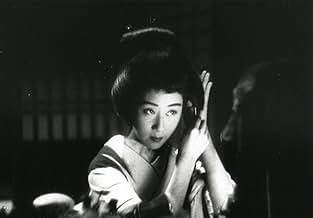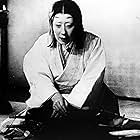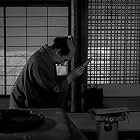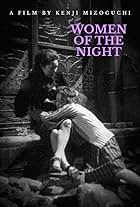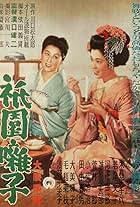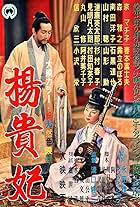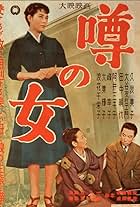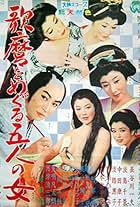I'm surprised by the fact that Mizoguchi was doing this kind of filmmaking and a strong criticism on geisha's lives in those years already. It must have been really innovative at the time and, for the same reason, it might probably not have been appreciated by most of the audience. I find it ironic because now it has aged considerably, that it is also hard to appreciate by today's standards. In order to fully comprehend its content, one would have to watch it with an open mind and submerge into its time. Also, the print quality might not be good, which is yet another obstacle that may keep viewers from appreciating the film as well. Fortunately, I was able to get hold of a high quality print, and it is also a great privilege to behold Mizoguchi's filmmaking techniques; I for one consider them to be of great importance in cinema history.
The story concerns two geisha sisters who live in a neighborhood known as Gion, in Kyoto. They are very different from each other; one side is influenced by a more modernized mindset, whilst the other is still rooted in traditional manners. This existing contrast will slowly unravel as the film goes on.
Technically, the film is outstanding for its time. We have that riveting tracking shot at the beginning of the film that thoroughly advances through the house of the patron of one of our two protagonists. Subsequently, you'll find yourself immersed in the many sequence shots the film is divided in.
If you're fond of Japanese cinema, you should definitely watch this forgotten gem.
My score: 8.8/10



